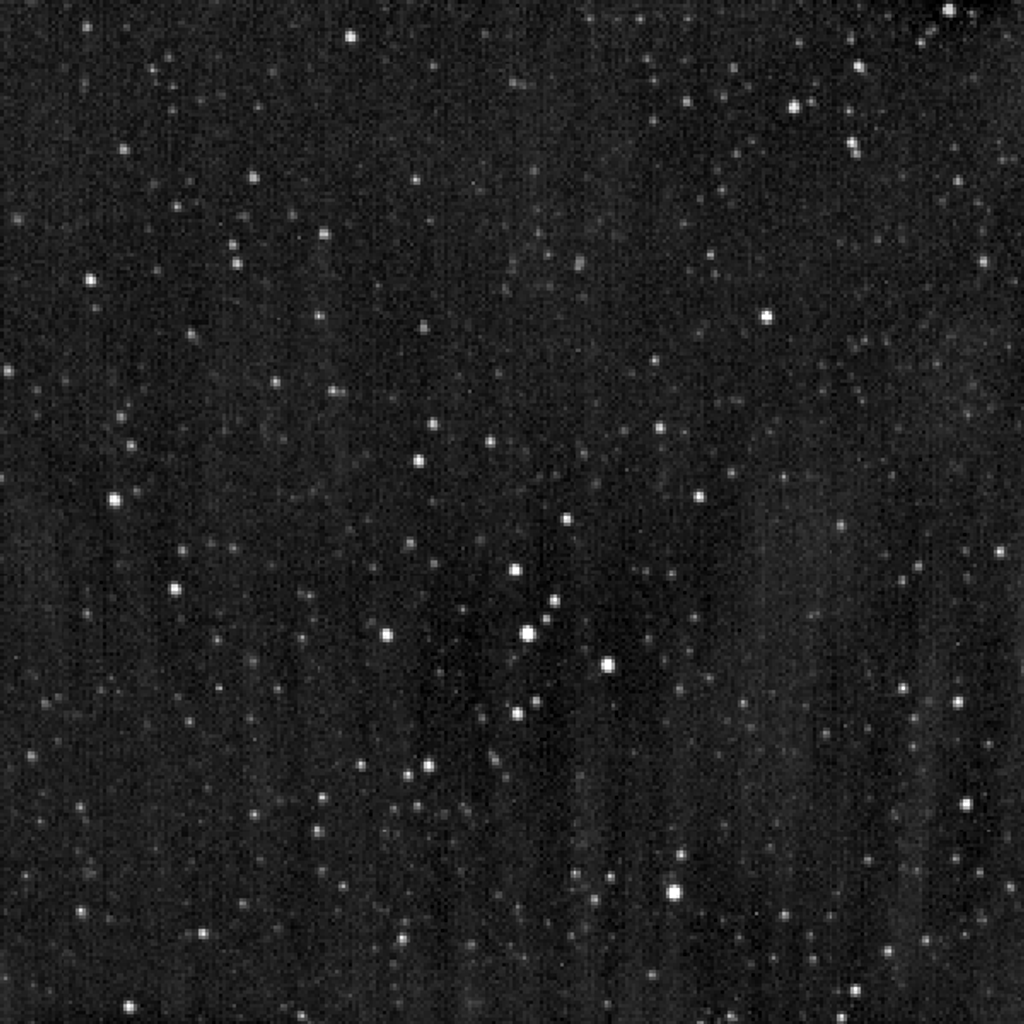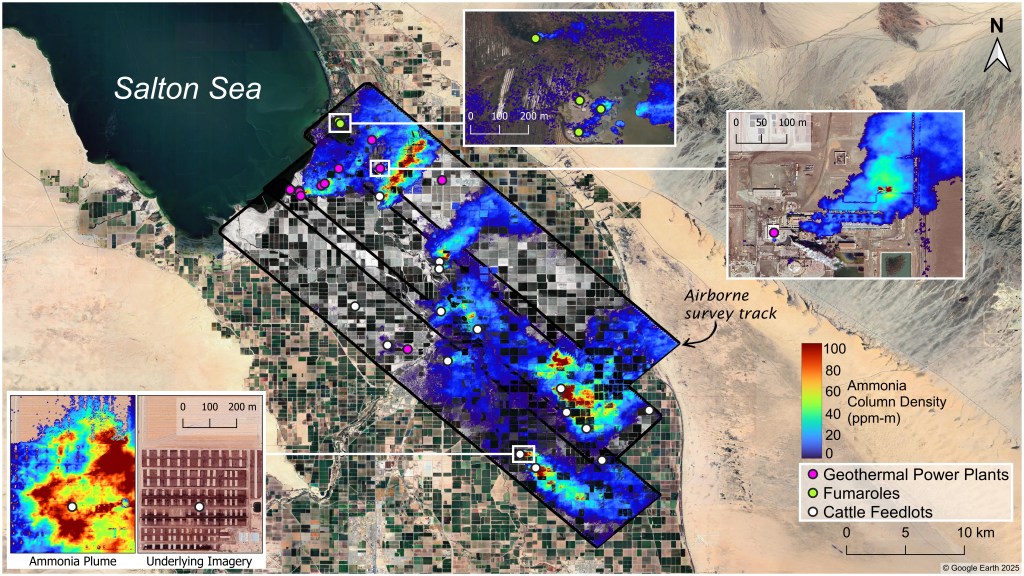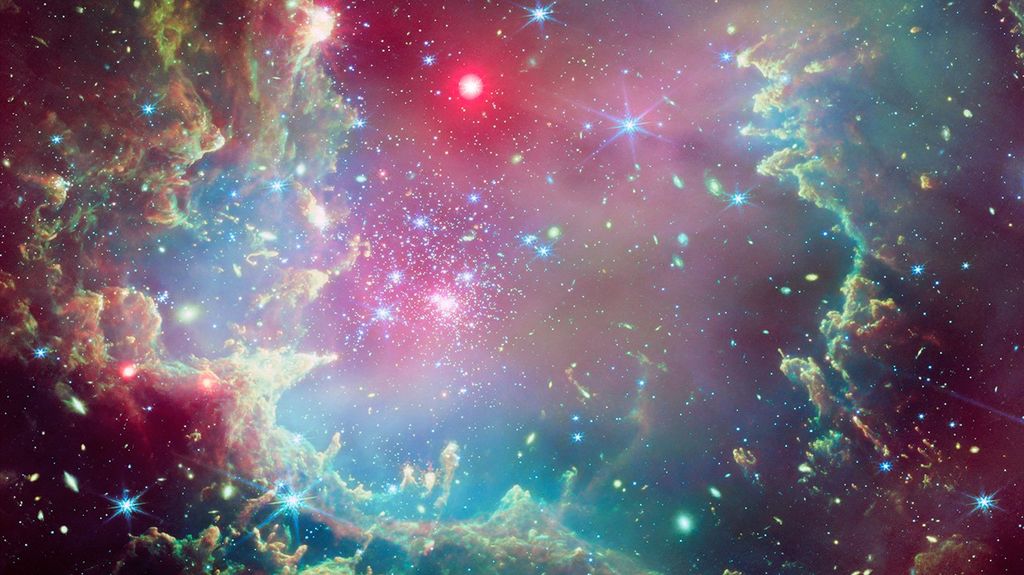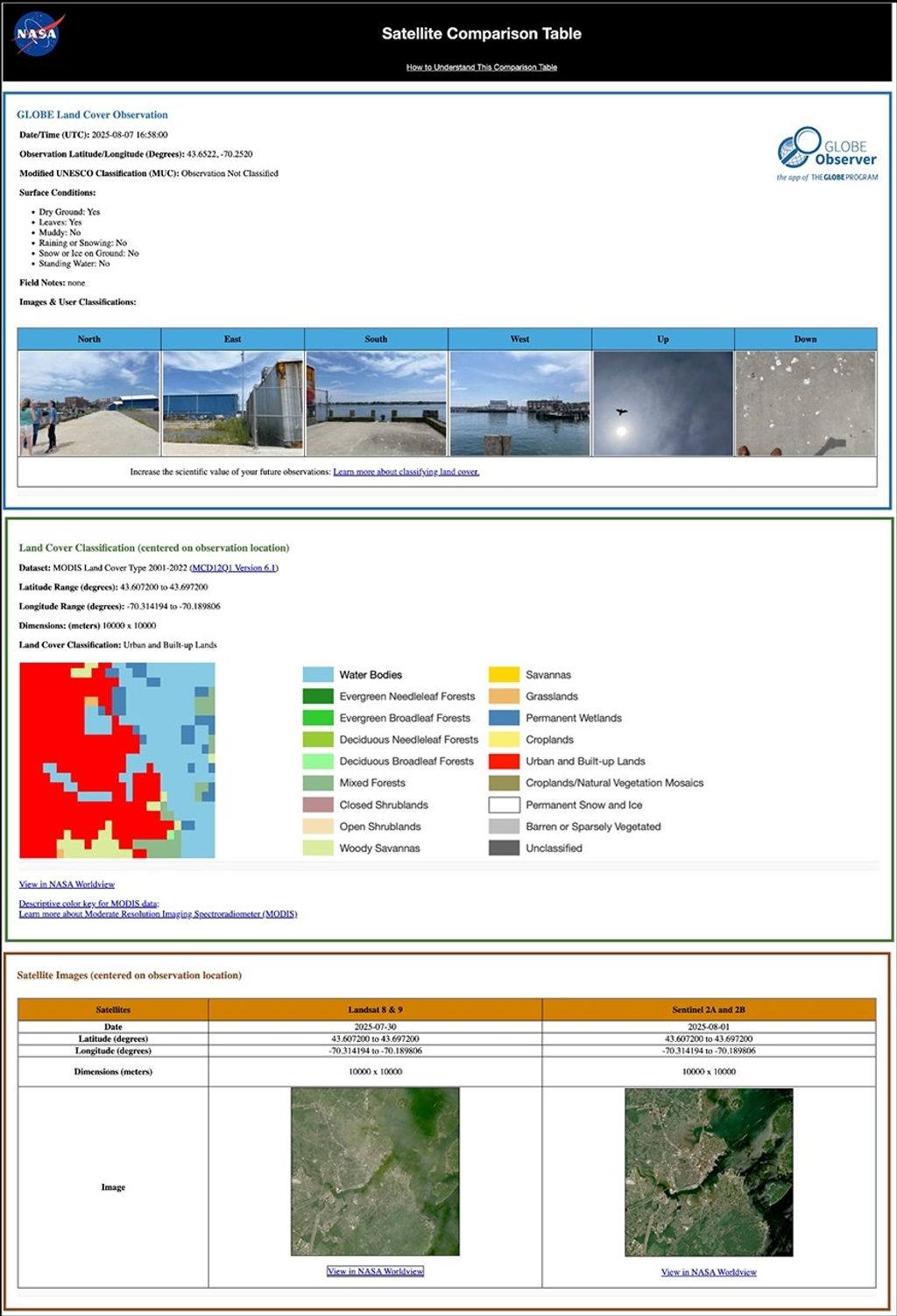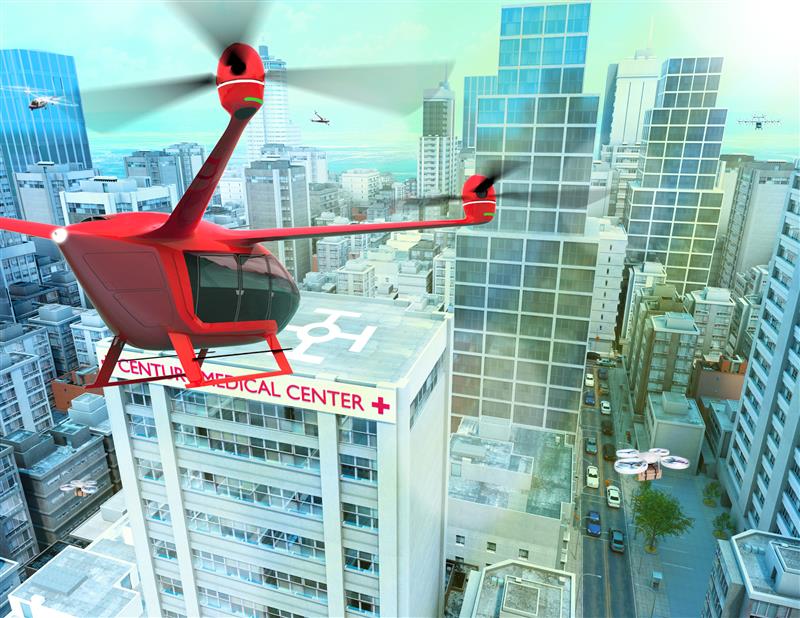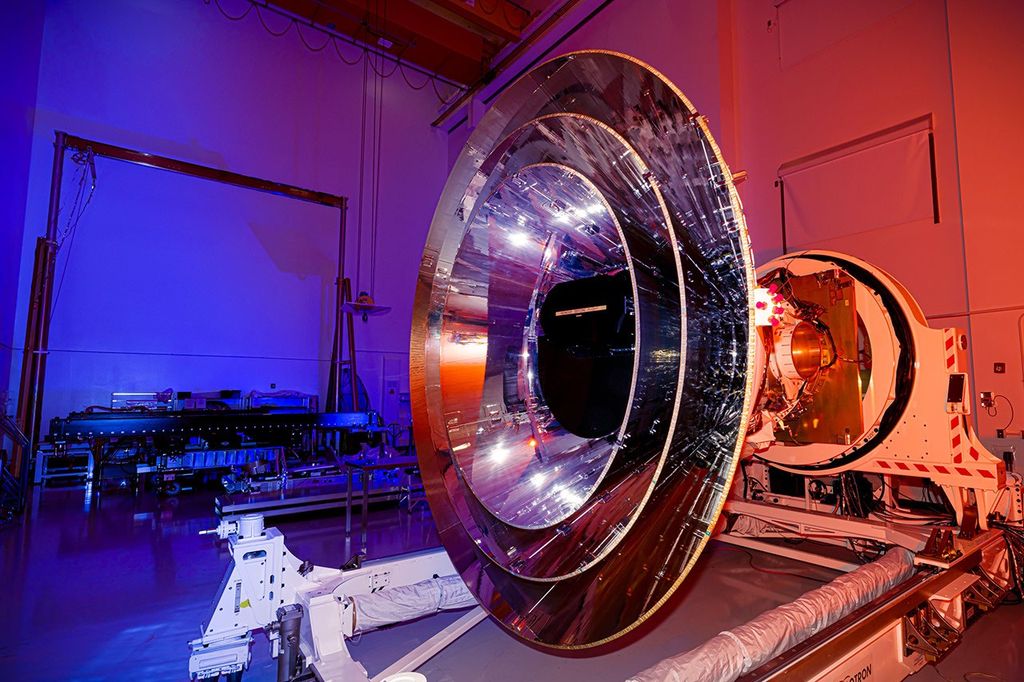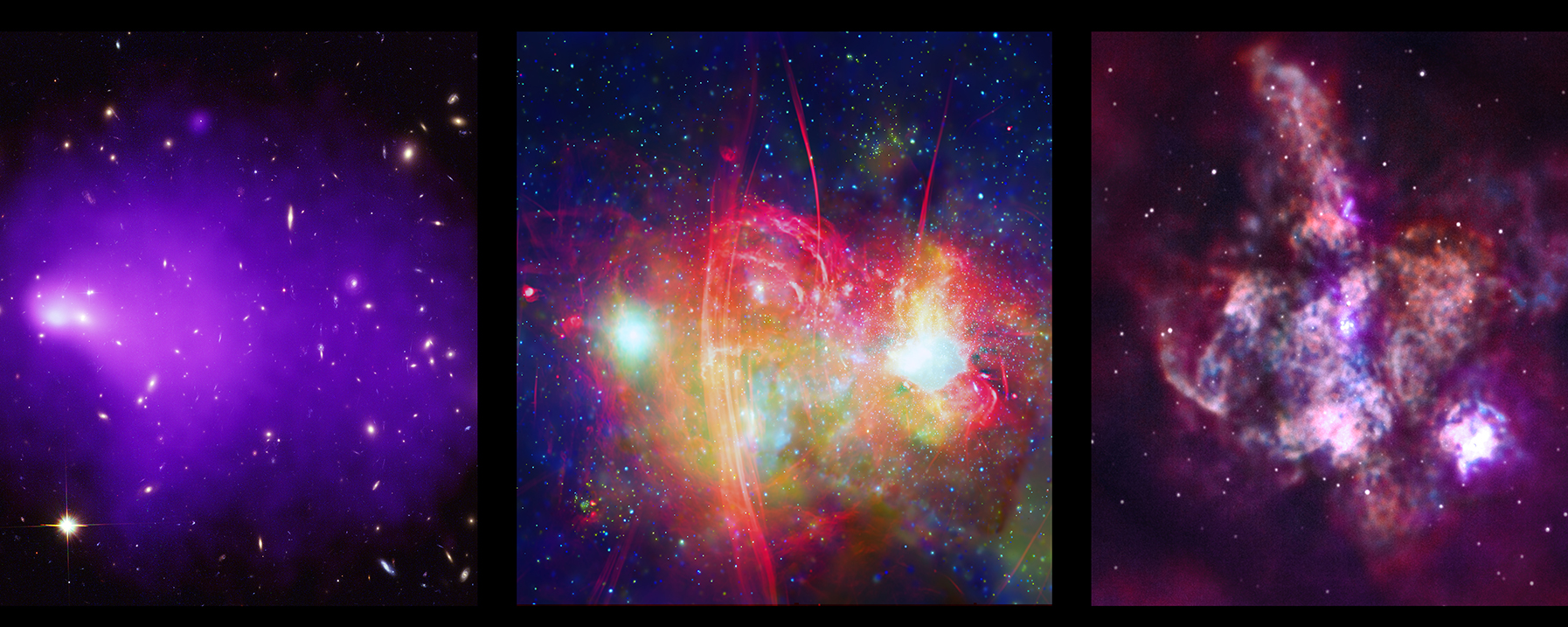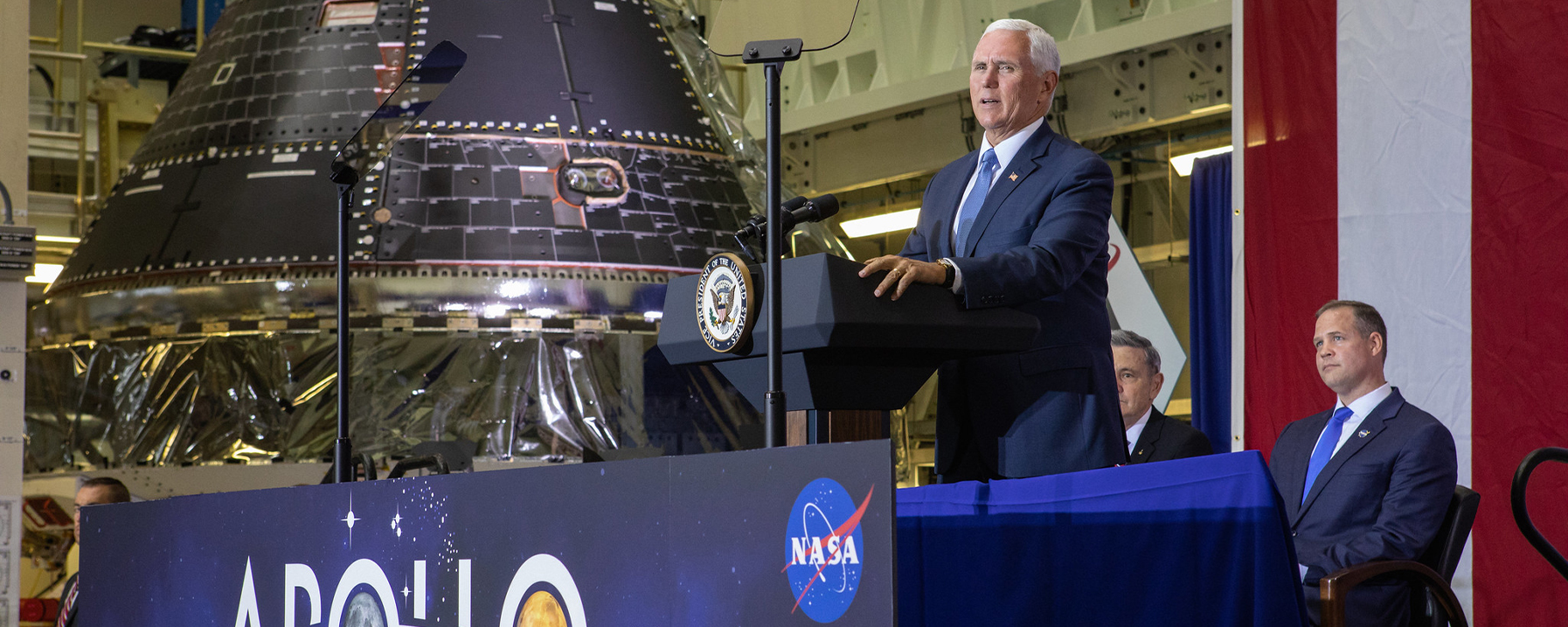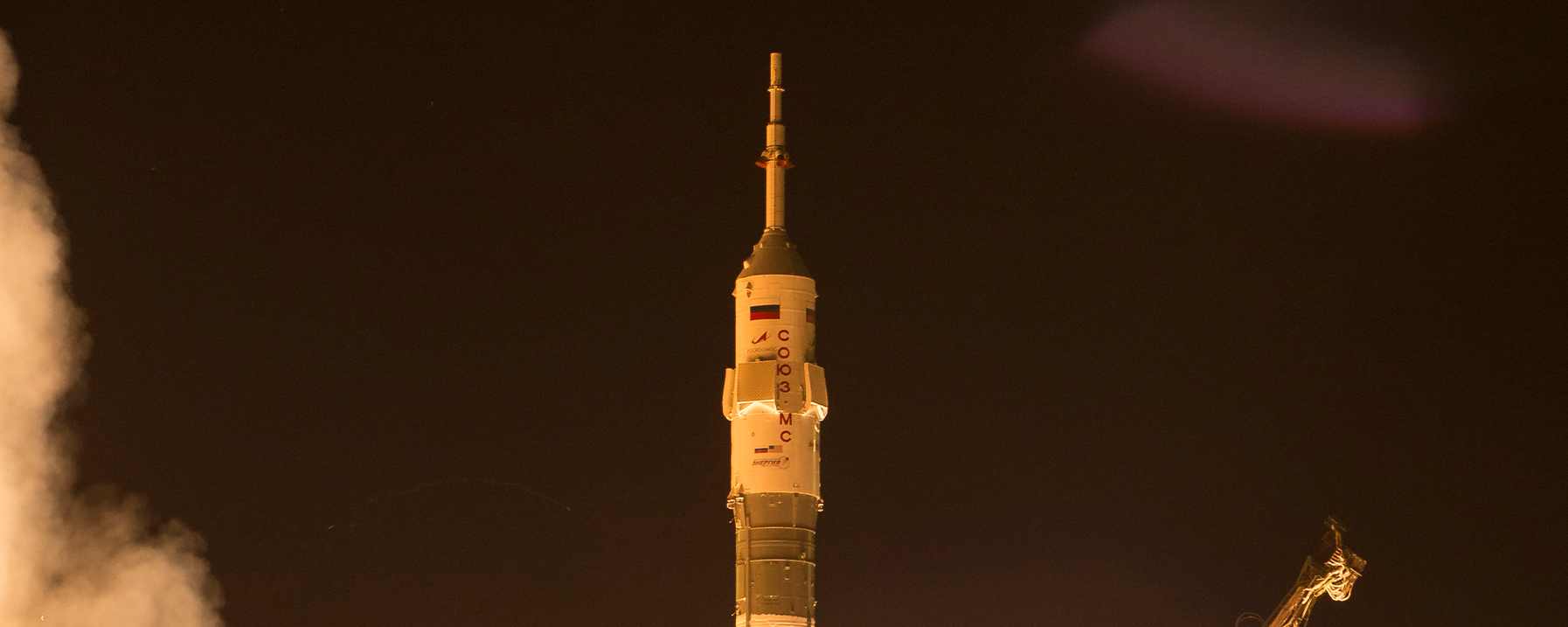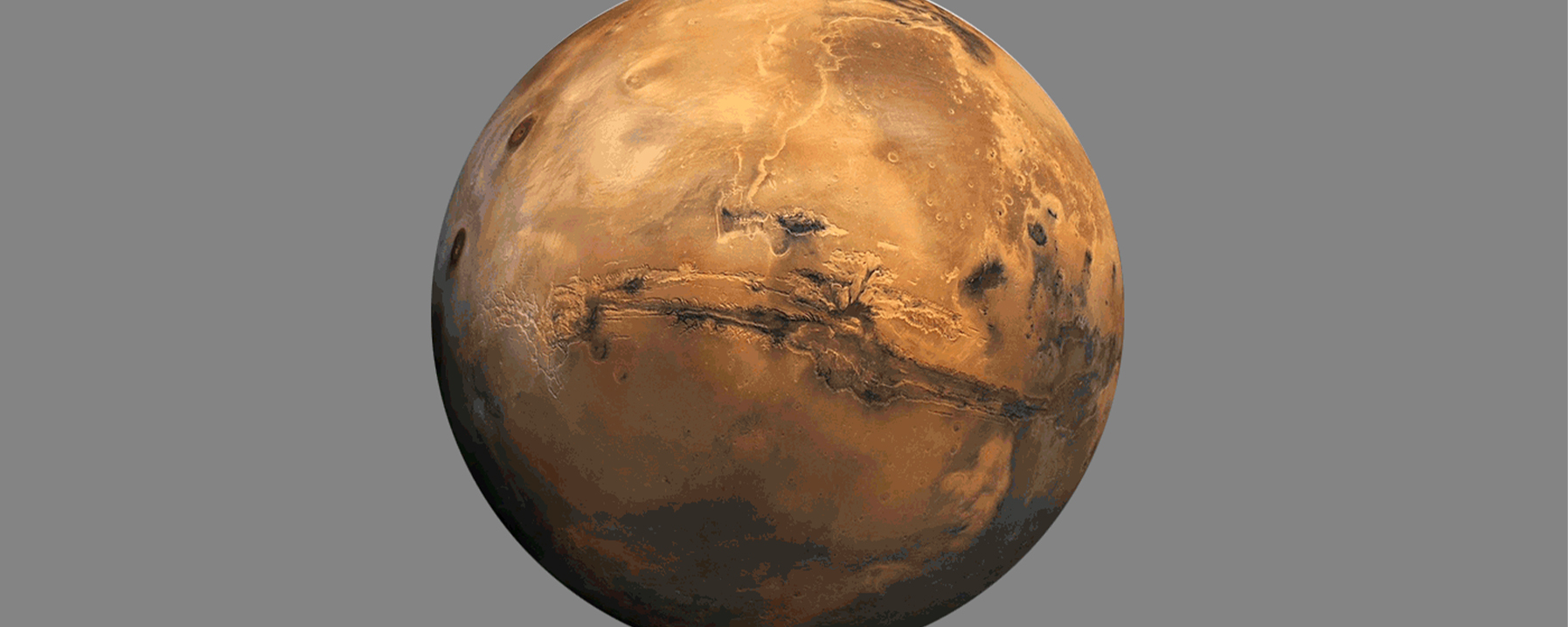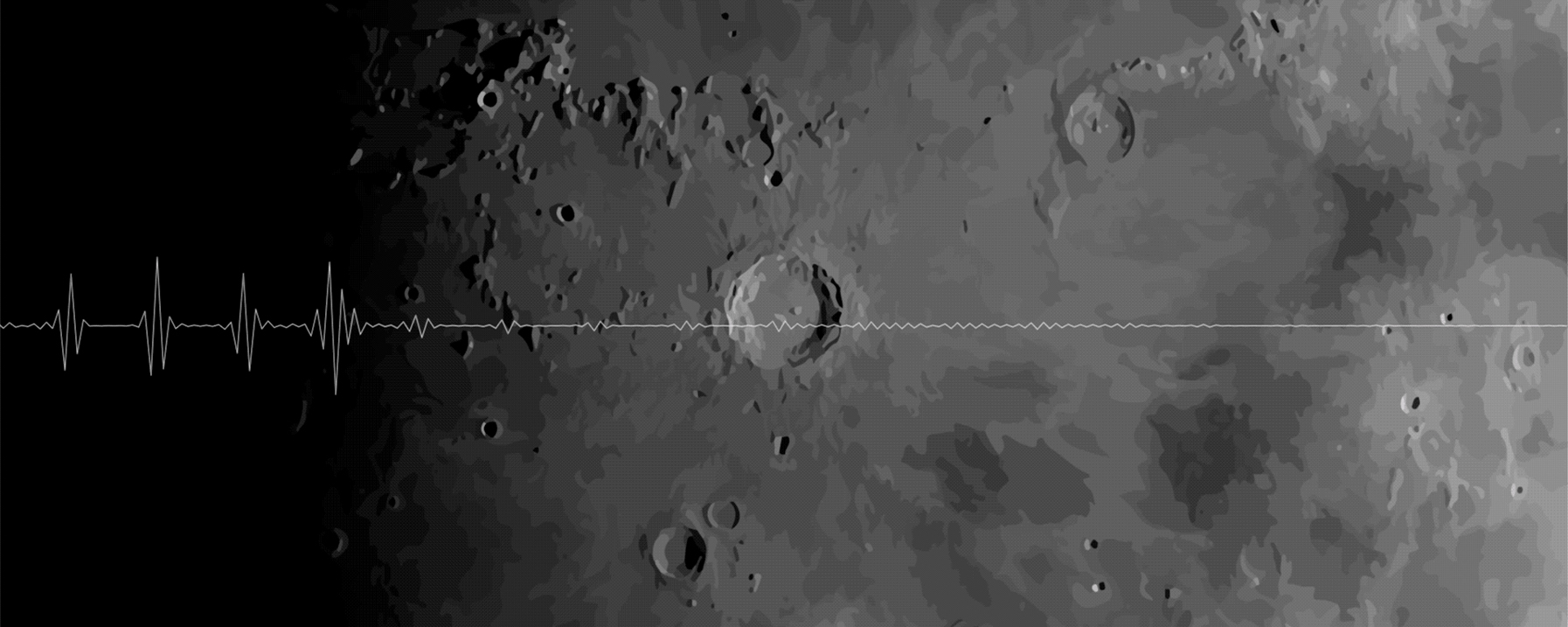NASA’s Chandra X-Ray Observatory Celebrates Its 20th Anniversary
On July 23, 1999, space shuttle Columbia blasted off from the Kennedy Space Center in Florida carrying the Chandra X-ray Observatory. In the two decades that have passed, Chandra’s powerful and unique X-ray eyes have contributed to a revolution in our understanding of the cosmos.
Vice President Unveils NASA Spacecraft for Artemis 1 Lunar Mission
Vice President Mike Pence commemorated the 50th anniversary of the Apollo 11 Moon landing by announcing to America the completion of NASA’s Orion crew capsule for the first Artemis lunar mission.
NASA Astronaut Andrew Morgan, Crewmates Arrive at Space Station
Fifty years to the day that Neil Armstrong and Edwin “Buzz” Aldrin stepped on the Moon in a giant leap for humanity, NASA astronaut Andrew Morgan and two fellow crew members arrived July 20 for their mission aboard the International Space Station, where humans have lived and worked continuously for more than 18 years.
What Does a Marsquake Look Like?
NASA sent the first seismometer to the Moon 50 years ago; the agency’s InSight lander brought the first seismometer to Mars in late 2018. By running data from these worlds through a quake simulator, or “shake room,” scientists can experience for themselves how different the earthquakes can be.
Data and Music: What 50 Years of Exploring Our Moon Sounds Like
Data sonification is the art of translating data into sound or music. While a chart lets you see data, a sonification lets you hear it. The melody of “Giant Leaps” is driven by the amount of scientific activity associated with the Moon in each year, from the 1960s to present day.
For more information or to learn about other happenings at NASA’s Marshall Space Flight Center, visit NASA Marshall. For past issues of the ICYMI newsletter, click here.






